The Nerve To Lead Podcast
with Sangheetha Parthasarathy
On The Nerve to Lead podcast, your host, Sangheetha Parthasarathy encourages CEOs, Entrepreneurs, deep thinkers, the round-pegs-in-square-holes, change-makers and visionaries to share their stories of power, pleasure and passion.
We cover everything from nervous system regulation, high achievement, trauma healing, parenting, partnership and attachment, intimacy and more. You will also get to learn the stories and knowledge from our expert guests and thought leaders.
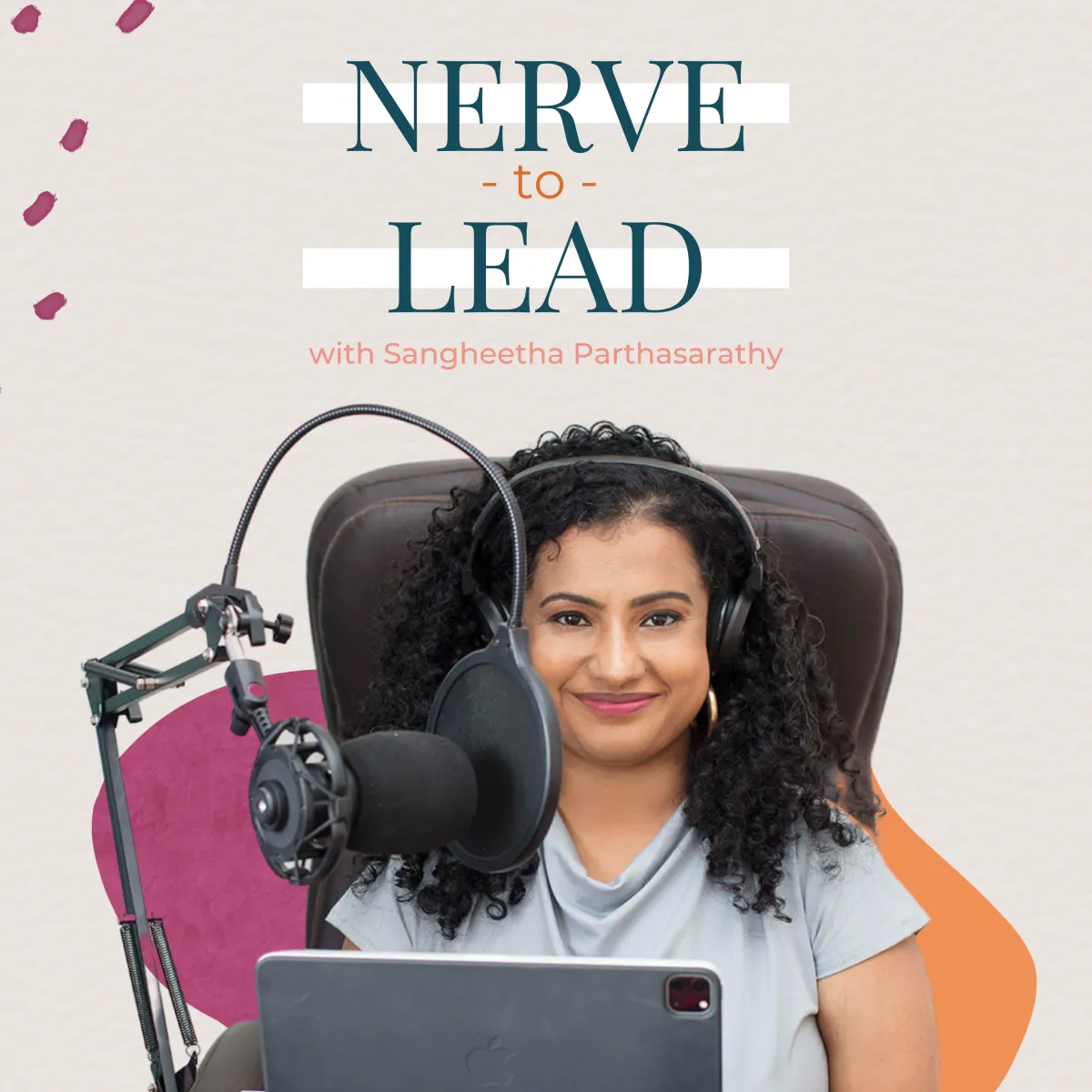
Apply to be a guest on
Nerve to Lead Podcast
Welcome to 'Nerve to Lead' podcast. Apply here to be a guest on the podcast with Sangheetha Parthasarathy.
Invite Sangheetha as a
guest to your podcast
Invite Sangheetha, a Nervous System Coach, Speaker and Consultant to be a guest on your podcast.

Depression and Anxiety: Beyond Labels
The Polyvagal Theory, developed by Dr. Stephen Porges, posits that our vagus nerve, which is part of our autonomic nervous system, influences our physiological state and behavior in three primary ways. These states are the ventral vagal state, the sympathetic state, and the dorsal vagal state.
Here are examples of how you might feel in each state:

Different nervous system state through the lens of polyvagal theory
1. Ventral Vagal State (Social Engagement System):
This is the "safe and social" state. In this state, you feel calm, grounded, and socially engaged. You're able to communicate freely and listen well to others. You feel open to connection and have a sense of well-being. Your body functions optimally, and you are likely experiencing feelings of happiness, peace, or contentment. For example, you might be enjoying a relaxed dinner with friends, sharing stories, laughing, and feeling deeply connected.
2. Sympathetic State (Fight or Flight):
This is the "mobilization" state. When you're in this state, you might feel anxious, agitated, or hyper-vigilant. You're ready to react to potential threats. This state is often associated with feelings of stress, worry, and restlessness. For example, if you are walking alone at night in an unfamiliar area, you might find yourself constantly scanning your surroundings, your heart rate may be elevated, and you might have a sense of being on edge or ready to run or defend yourself at a moment's notice.
3. Dorsal Vagal State (Freeze or Shutdown):
This is the "immobilization" state. If you're in this state, you might feel disconnected, numb, or as though you're in a fog. It can feel like you've "checked out" or shut down. This is often a response to overwhelming stress or perceived threat when the fight or flight response is not successful or not possible. For example, after experiencing a significant trauma or loss, you might feel a sense of disconnection from your body or your surroundings, have trouble concentrating, and feel a lack of energy or motivation.
Remember that these are survival mechanisms, and shifting among these states is a normal part of human life. However, being stuck in the sympathetic or dorsal vagal state can lead to chronic stress or other health issues, so it's important to seek interventions that go beyond the "free" workplace CBT help.
1. Safe and Sound Protocol (SSP): SSP is an approach based on Polyvagal Theory that uses filtered music to stimulate the auditory system in a way that can help regulate the autonomic nervous system, reduce stress, and promote social engagement.
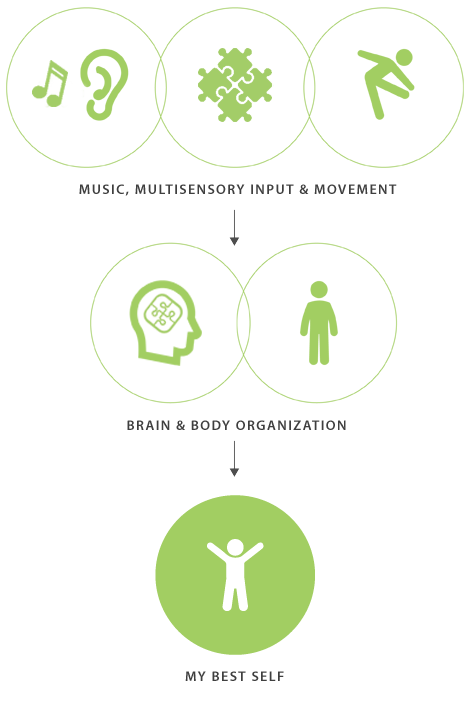
Case Study: Let's take the case of a woman who had emotionally immature parents, leading to her becoming the "emotional parent" long before she was developmentally ready - leading to being called the precocious child, old soul and eventually led to high-achievement as a way to show up in the world. This mis-sequencing of developmental and emotional steps meant that she experiences severe anxiety and withdrawal from social connections. This woman was trapped in a constant state of sympathetic arousal, always on high alert and filled with anxiety. She found mothering her child exhausting because she had been parenting her parents for far longer. She also had difficulties connecting with her partner, expressing needs and receiving support would trigger rage-shame cycles.
Through the use of SSP, the soothing, filtered music, a part of our signature program, helped calm her nervous system, reduce her anxiety, and slowly help her rebuild her capacity for social engagement and connection and re-sequence the nourishment steps needed so that she can function as an adult without getting hijacked by younger parts. She could finally connect with her child, and stay in the present without hiding behind structured activities or educational moments as the only way to connect. She also found deeper empathy for her partner and they built a common language around communicating - asking for and receiving support.
2. Somatic Experiencing (SE): SE is a body-oriented approach designed to help individuals recognize and release the physical symptoms of trauma or chronic stress.
Case Study: We recently worked with a leader who was subjected to high levels of workplace stress, leading to a diagnosis of depression. They often felt numb and disconnected, indicative of being stuck in the dorsal vagal state. They had been on and off medications for depression for years and felt unable to move through the stuckness. Through somatic experiencing sessions, this individual learnt to pay attention to their body's signals and gently process and release the physical symptoms of their stress. At the end of our signature program, they no longer had a depression diagnosis and were reliably able to get off medication, and their capacity to cope with workplace stress vastly improved.
Now let's define what being "stuck" in the sympathetic or dorsal vagal states means with the context of these examples:
Stuck in Sympathetic: The woman who has experienced being parented by emotionally immature/volatile parents found herself constantly on edge, perpetually ready to defend herself against a threat that is no longer present. This manifested as chronic anxiety, a constant sense of fear, insomnia, restlessness, difficulty in forming trustful relationships, always waiting for one shoe to drop, an inability to feel at ease or rest, and constantly making to-do lists even while on holiday for many years.
Stuck in Dorsal: Employee dealing with chronic workplace stress felt disengaged, numb, or as if they're moving through a fog. They found it increasingly difficult to muster the energy to complete their work, engage with their colleagues, or even carry out their daily tasks outside of work. They fell into a pattern of procrastination followed by last-minute despair. They often felt fatigued, lacked motivation, and struggled with feelings of hopelessness or despair.
In both of these situations, therapeutic interventions in our signature program provided much-needed relief and a pathway to recovery beyond simplistic labels such as "depression" and "anxiety" - when we enlist the help of our nervous system, we become active operators of our biology, therefore we can set ourselves up for long-term well-being, health and restoration.
Have you experienced the challenges of being stuck in a sympathetic or dorsal state? It's time to break free and find lasting relief.
If you resonate with these stories and are interested in discovering how to become an active operator of your own biology, I invite you to book a call with me here - https://www.sangparth.com/15min-call
Let's have a conversation about your journey to well-being and restoration.
What we offer
Our Areas Of Focus
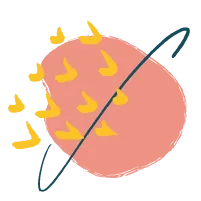
Career, Entrepreneurship& Leadership
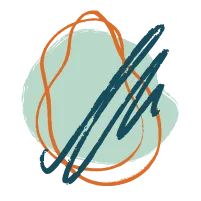
Sex, Relationships
& Parenthood
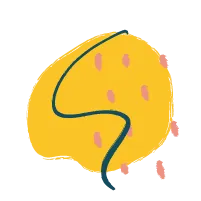
Eating, Movement &
Body Image

